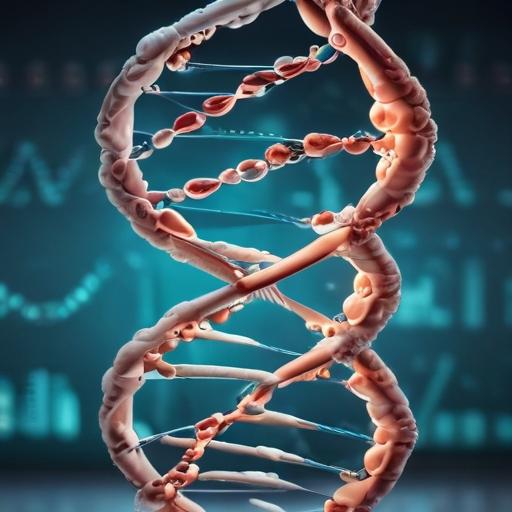A groundbreaking study has revealed that scientists can potentially protect children from severe genetic disorders through the creation of “three-parent” babies. This innovative technique was employed by British researchers, resulting in eight healthy children born to families who have faced generations of mitochondrial diseases, which can cause significant health issues and are often fatal.
Published in The New England Journal of Medicine, the study showcases the successful use of mitochondrial donation to help families who carry debilitating genetic conditions. The children, ranging from 6 months to over 2 years old, have been reported to meet their developmental milestones, suggesting initial success for the complicated procedure.
Mitochondrial disorders stem from defects in mitochondrial DNA, which is inherited solely from the mother and can lead to severe health complications such as paralysis and brain damage. The technique, described as pronuclear transfer, involves removing the nuclear DNA from the fertilized egg of the patient and inserting it into a healthy donor egg’s enucleated cytoplasm, which houses functional mitochondria. This allows the resulting embryo to inherit the majority of its genetic material from the intended parents while receiving healthy mitochondria from the donor.
Doug Turnbull, a key figure in the research from Newcastle University, emphasized the profound implications of the findings, noting the distress and heartbreak families face when dealing with mitochondrial diseases. He considers the results an important milestone in reproductive technology that could allow women to conceive healthy children without the burden of severe genetic conditions.
Despite the positive developments, the study has drawn mixed reactions. Although many are celebrating the advancement, some critics express concern over the potential for misuse of such genetic technologies, leading to “designer babies.” They highlight the importance of maintaining strict ethical standards to prevent risks associated with modifying genetic material, including the possibility of harmful mutations entering the gene pool.
Despite these concerns, early results from the study are promising, indicating the technique may mitigate suffering for families affected by these severe genetic disorders. Experts argue for continued monitoring and regulation of such technologies to ensure their safe application.
This research serves as a testament to the evolving landscape of genetic science, illustrating the potential to offer hope and healthier futures for families challenged by hereditary diseases. The ongoing commitment to ethical oversight and robust regulatory frameworks will be crucial as this field progresses.
